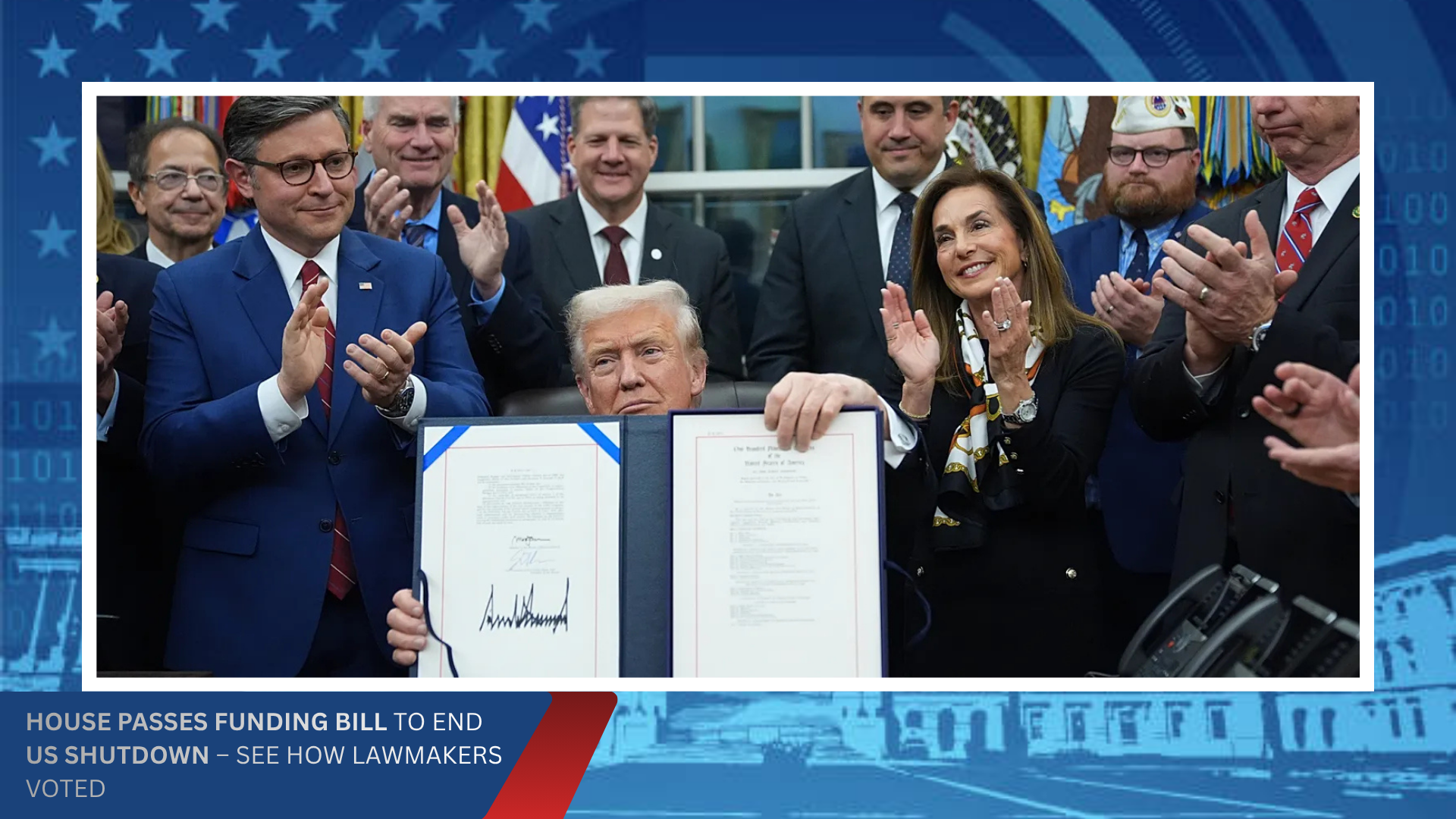Democrats entered 2024 convinced that demographic momentum, abortion-rights tailwinds, and Donald Trump’s polarizing brand would carry them. The result was a whiplash correction: Trump returned to the White House, Republicans consolidated the Senate, and the House majority slipped from Democratic reach. For a party that held the federal trifecta just four years prior, the reversal was both numerical and psychological.
Now the party confronts an uncomfortable reality: it is out of power in Washington, divided over foreign policy and political style, and losing altitude with voters it once considered core to its identity. Whether 2024 becomes a temporary shock or the opening of a longer winter depends on choices Democrats make in the next 24 months.
The Coalition Problem
The promise of an “emerging majority” was built on young voters, voters of color, and socially liberal suburbanites. Pieces of that coalition remain durable—Democrats continue to dominate among women and college-educated voters—but the erosion among non‑college voters, especially younger men across racial groups, is the flashing red light. Latino and Black men moved right relative to 2020; some younger voters drifted or tuned out. No single speech fixes that; only proof that politics can change daily life does.
Three Pillars for a Comeback
- Freedom: Defend abortion access, contraception, IVF, and voting rights—issues that consistently out‑perform Democratic candidates on ballots.
- Affordability: Lead with cost of living—housing, healthcare, and drug prices—backed by visible action, not just macro charts.
- Integrity: Own anti‑corruption: ban congressional stock‑trading, strengthen disclosure, and curb dark money.
Fault Lines That Matter
Unity remains elusive. The most volatile split runs through Israel–Gaza policy, where generational and ideological divides have electoral consequences in places like Michigan and Pennsylvania. Layer in the familiar friction between progressive and moderate camps, and the risk is obvious: a dispirited youth vote, fractured donor networks, and a muddled message at the precise moment clarity is strategic oxygen.
Rebuilding requires more than new slogans. It demands tangible proof—lower bills, safer elections, and a sense that government is on the level.
Map, Mechanics, and Tests
The House is winnable in 2026—but only district by district. Two wildcards will shape the battlefield: mid‑decade redistricting fights and state‑level ballot initiatives on abortion and voting access that can reset turnout patterns. The Senate is tougher with Republicans holding an edge; Democrats will need crossover credibility and recruiting discipline to put more states in play.
Off‑year gubernatorial races in Virginia and New Jersey provide early reads on whether a freedom‑plus‑affordability message travels beyond deep‑blue precincts. Wins there would suggest a viable template; losses would signal a deeper brand problem.
Leadership and Infrastructure
Pressure for generational turnover will continue. Governors like Gretchen Whitmer, Wes Moore, and Josh Shapiro are increasingly central to 2028 speculation, while congressional leaders balance experience against the need for a refreshed public face. At the party level, new rules and digital infrastructure matter less as buzzwords than as proof that organizing starts earlier, reaches rural counties, and converts online enthusiasm into precinct‑level capacity.
Three Futures from Here
1) Rebound: The party fuses freedom, affordability, and integrity into a coherent story; youth and Latino engagement recover; Republicans overreach on rights and elections. Result: a credible House flip attempt in 2026 and a competitive 2028 field.
2) Stagnation: Internal disputes over foreign policy and message suppress enthusiasm; map changes sting; gains in 2026 fall short. Leadership fights intensify heading toward 2028.
3) Realignment: Democrats lean into economic populism and a culturally moderate tone—unions, industrial policy, consumer protection; pragmatic border posture. If they trim deficits with non‑college men while holding the suburbs, the map reshapes faster than expected.
What to Watch
- Youth metrics: Registration and early‑vote rates under 30 in 2026 primaries and specials.
- Ballot initiatives: Abortion and voting‑access measures that can outperform party labels and shift turnout.
- Redistricting: Mid‑decade map moves in both red and blue states.
- DNC operations: Whether rule tweaks translate into earlier organizing and stronger state‑party muscle.
After the Fall
Democrats have recovered from bleak chapters before—the Reagan realignment, the Gingrich wave—but the 2020s challenge is different. The party is not just contesting Republicans; it is competing against demographic complacency, internal fracture, and a corrosive cynicism that makes politics feel ornamental. The route back runs through concrete outcomes and cleaner politics, not just sharper ads.
If Democrats can defend personal freedoms, lower everyday costs, and persuade voters they mean it on ethics, they have a plausible majority path. If not, “after the fall” becomes prophecy rather than preface. The choice, and the timeline, are theirs.








